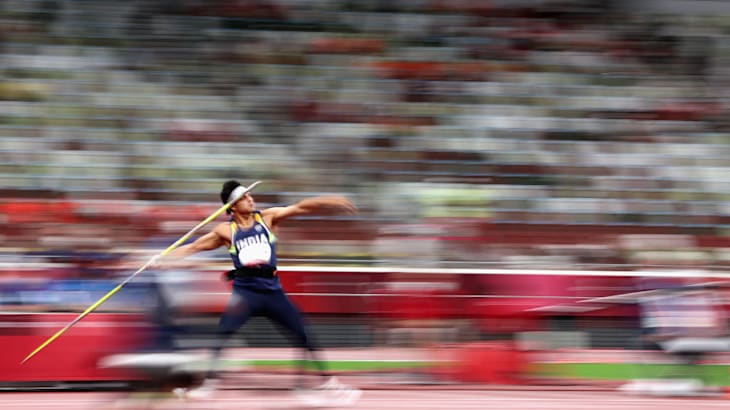All about 4throws
Wiki Article
Some Ideas on 4throws You Should Know
Table of ContentsSee This Report about 4throwsHow 4throws can Save You Time, Stress, and Money.What Does 4throws Do?The Greatest Guide To 4throws3 Easy Facts About 4throws Described
Source: US Flying Force It's constantly enjoyable to see who can toss something the furthest, whether it's a ball, a Frisbee, and even a rock. Track and field is the location where you can toss stuff for distance as a genuine sport. There are four major tossing events outlined listed below.The discus is tossed from a concrete circle that is regarding 8 feet in size. The professional athlete's feet can't leave the circle before the discus lands or the athlete will certainly fault and the toss will not count.
The athlete that tosses it outermost from the front component of the circle (and within the legal area) wins. The javelin is something like a spear. This event must be managed in any way degrees to make sure no person is injured. The males's college and Olympic javelin weighs 800 grams (28.2 ounces) and has to do with 8.5 feet long.
An Unbiased View of 4throws
The professional athlete that tosses it furthest (and within the legal location) wins. In the shot put occasion athletes throw a steel sphere.The front of the circle has a metal board called a toe board. The professional athlete can not touch the top of the toe board or step over it during the toss. The professional athlete holds the shot close to his/her neck in one hand. There are 2 common throwing strategies: The initial has the professional athlete slide or "slide" from the back to the front of the circle prior to launching the shot.

4throws for Dummies
In this track and area throwing occasion the professional athlete throws a steel sphere affixed to a take care of and a straight cord you can check here about 3 feet long. The hammer is tossed from a concrete circle 7 feet in diameter (just like the shot placed) yet there is no toe board.The athlete rotates numerous times to gain energy prior to releasing and tossing the hammer. Equilibrium is essential because of the force generated by having the hefty sphere at the end of the cord. The professional athlete that throws it furthest from the front component of the circle (and within the lawful location) wins.
We located that human beings are able to throw with such rate by keeping elastic power in their shoulders. This is accomplished by positioning the arm as though the arm's mass withstands activities produced at the upper body and shoulder and rotates backwards away from the target. This "cocking" of the arm stretches the tendons, tendons, and muscle mass crossing the shoulder and shops flexible energy (like a slingshot).
We found that humans have the ability to toss with such rate by storing flexible energy in their shoulders. This is achieved by positioning the arm as if the arm's mass stands up to movements generated at the torso and shoulder and rotates backwards far from the target. Javelins. This "cocking" of the arm extends the tendons, tendons, and muscular tissues going across the shoulder and stores elastic power (like a slingshot)
An Unbiased View of 4throws
(https://calendly.com/jamesmiller33101-proton/30min)This upper body turning creates large forces needed to stretch the flexible tendons and tendons in the shoulder. The reducing of the shoulder changes the alignment of lots of shoulder muscular tissues, including the pectoralis major (the big upper body muscular tissue), which is critical to storing power. Finally, we located that reduced humeral torsion (the turning of the arm bone) allows us to save even more energy and thus, throw much faster.
Typical one-armed throwing methods include overhand throwing (launching with the arm above the shoulder) and underarm throwing (launching with the arm below the shoulder). With both arms, above throwing and chest-passing prevail actions. The kind of throw used is extremely affected by the properties of the projectile: small, hefty items are held and pressed far from the body (e.g.
Examine This Report on 4throws
weight toss, keg toss); smaller sized, lighter objects such as spheres and darts tend to utilize an extended overarm technique where distance or speed is called for, and an underarm technique where better accuracy is called for. In these sporting activities, the majority of throws are extracted from a static placement or restricted location. Nonetheless, some sports do include a brief run-up to the throw line, as an example javelin toss and ten-pin bowling.Report this wiki page